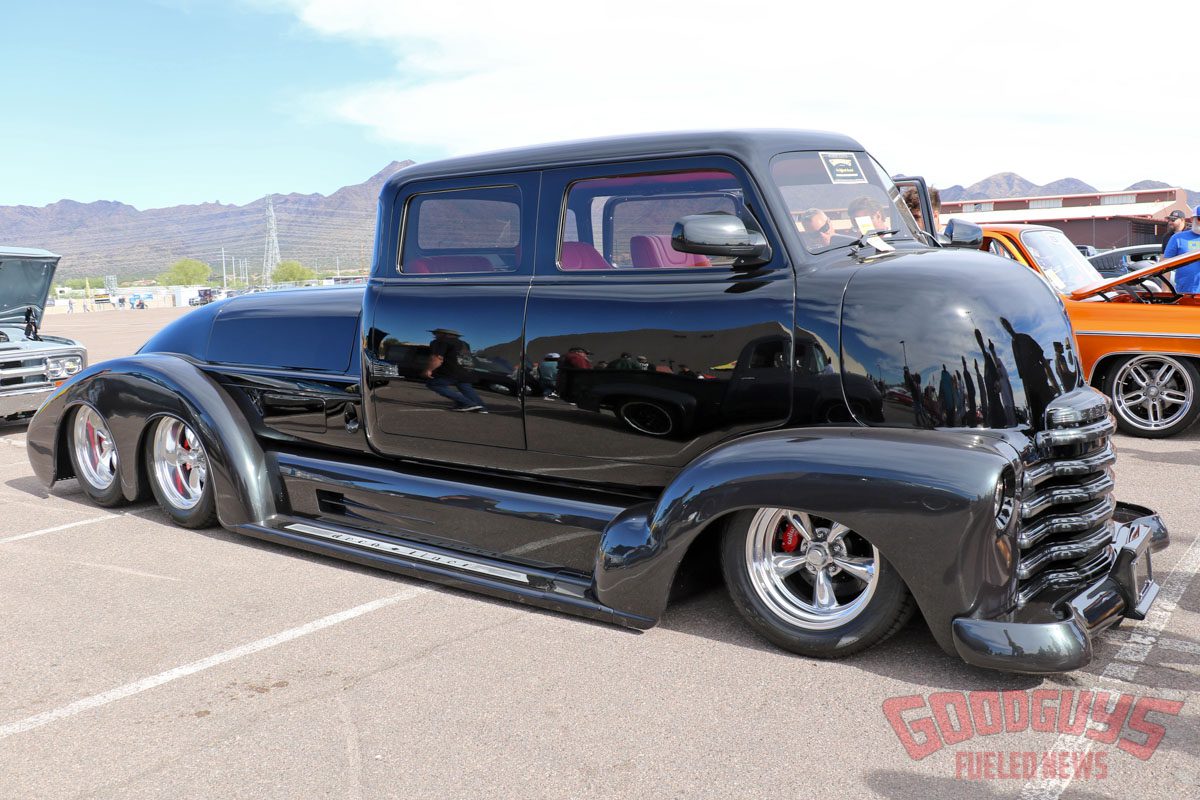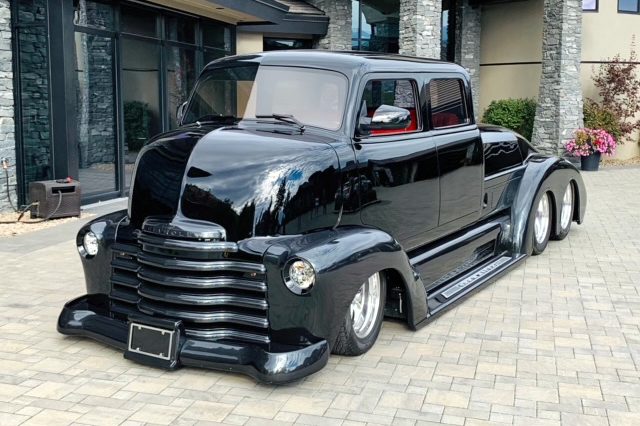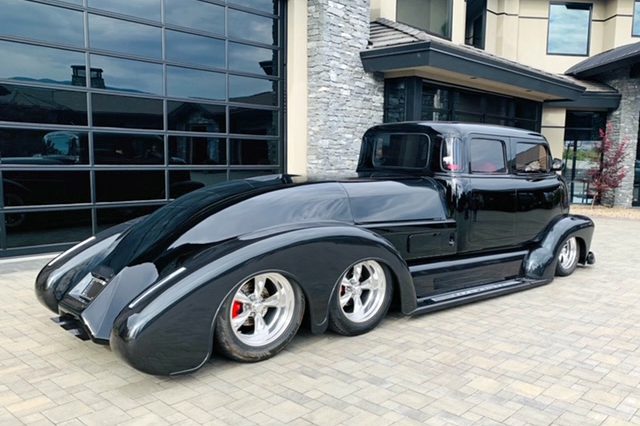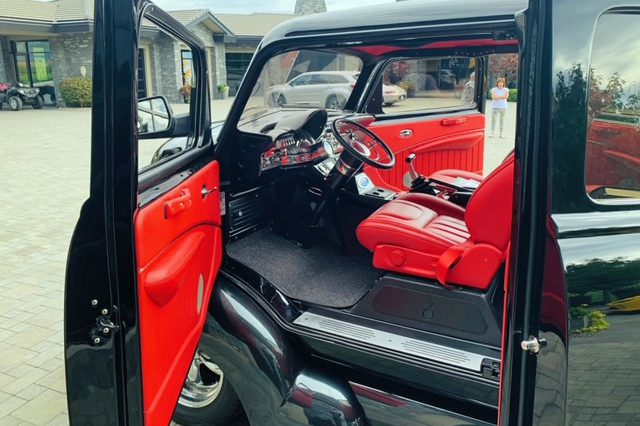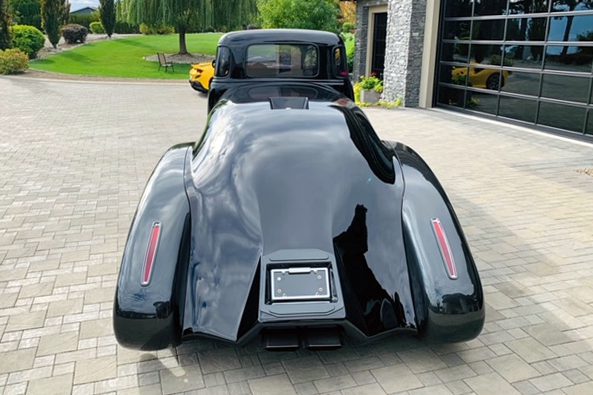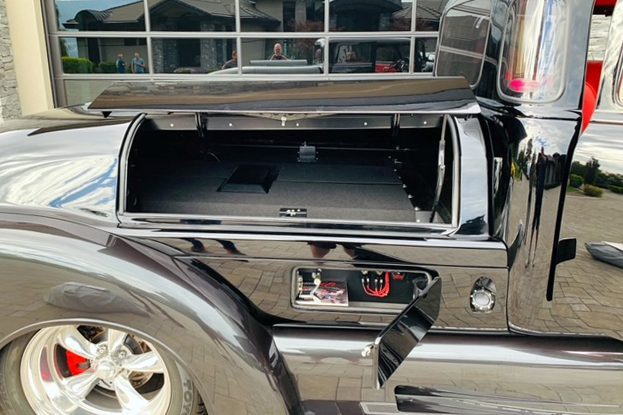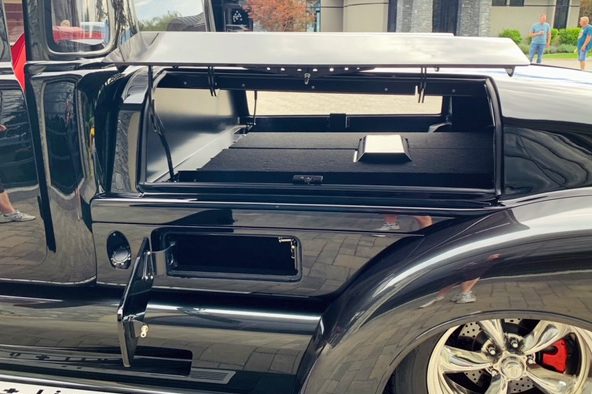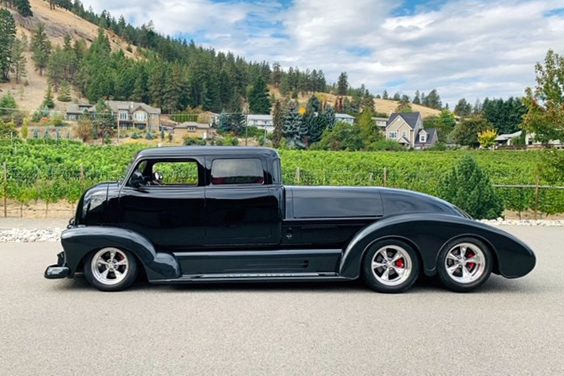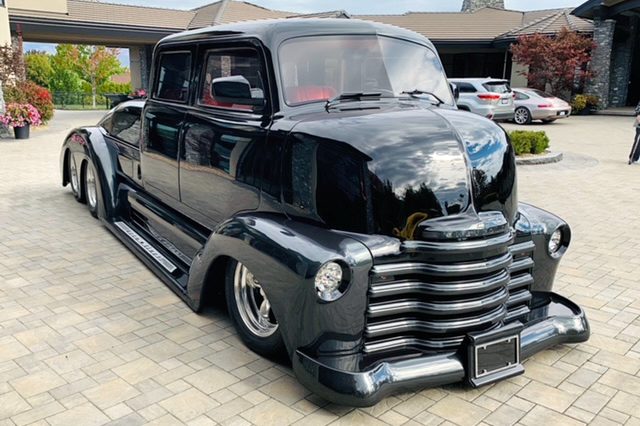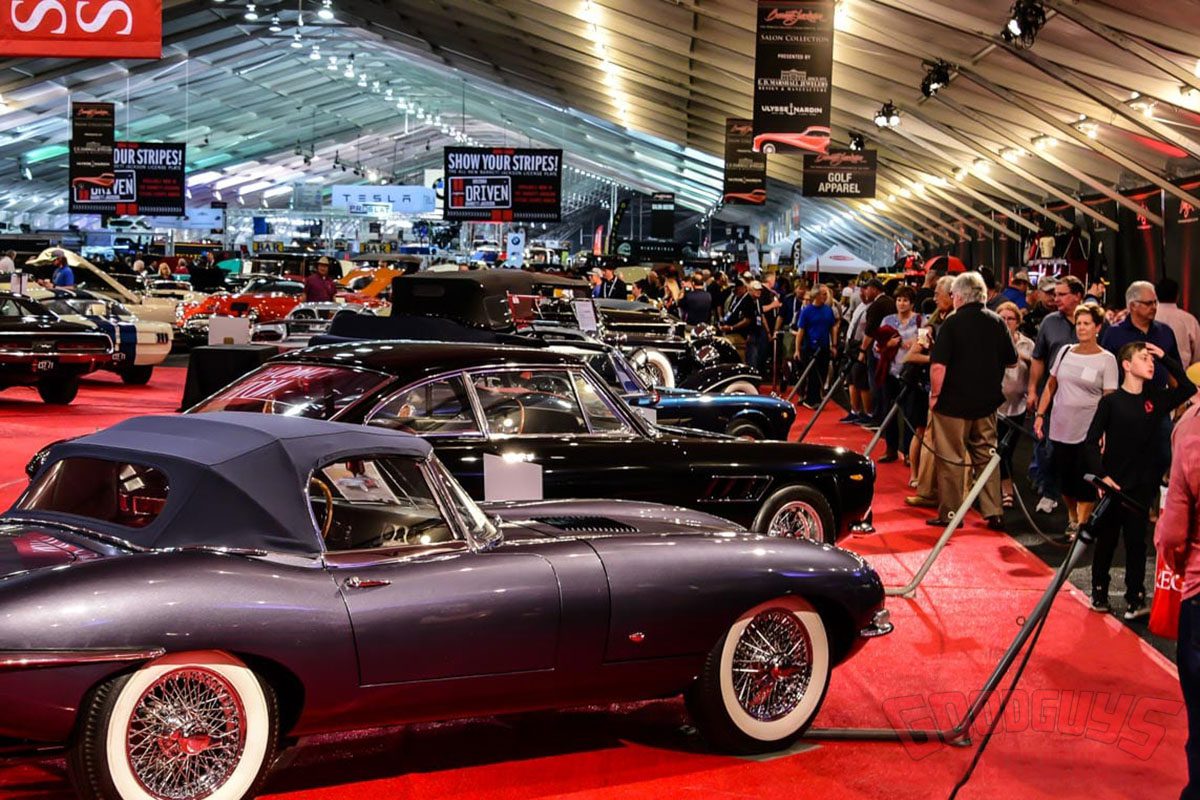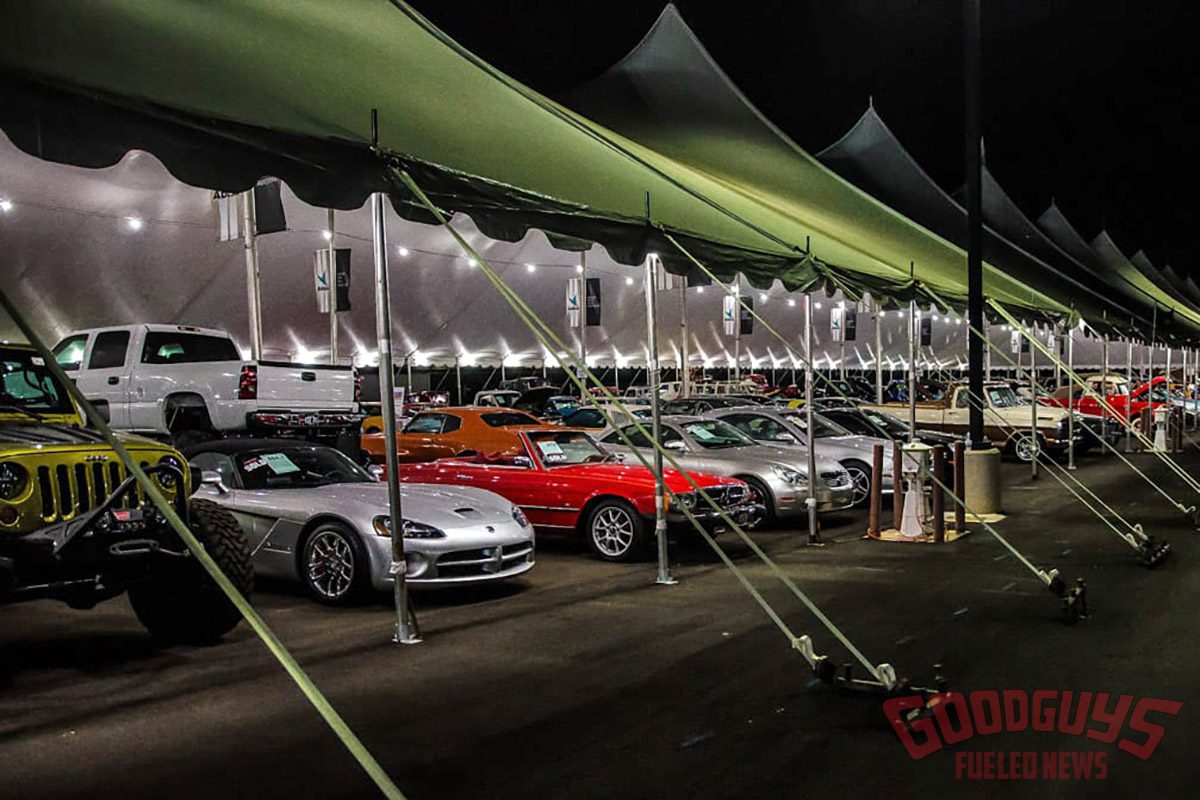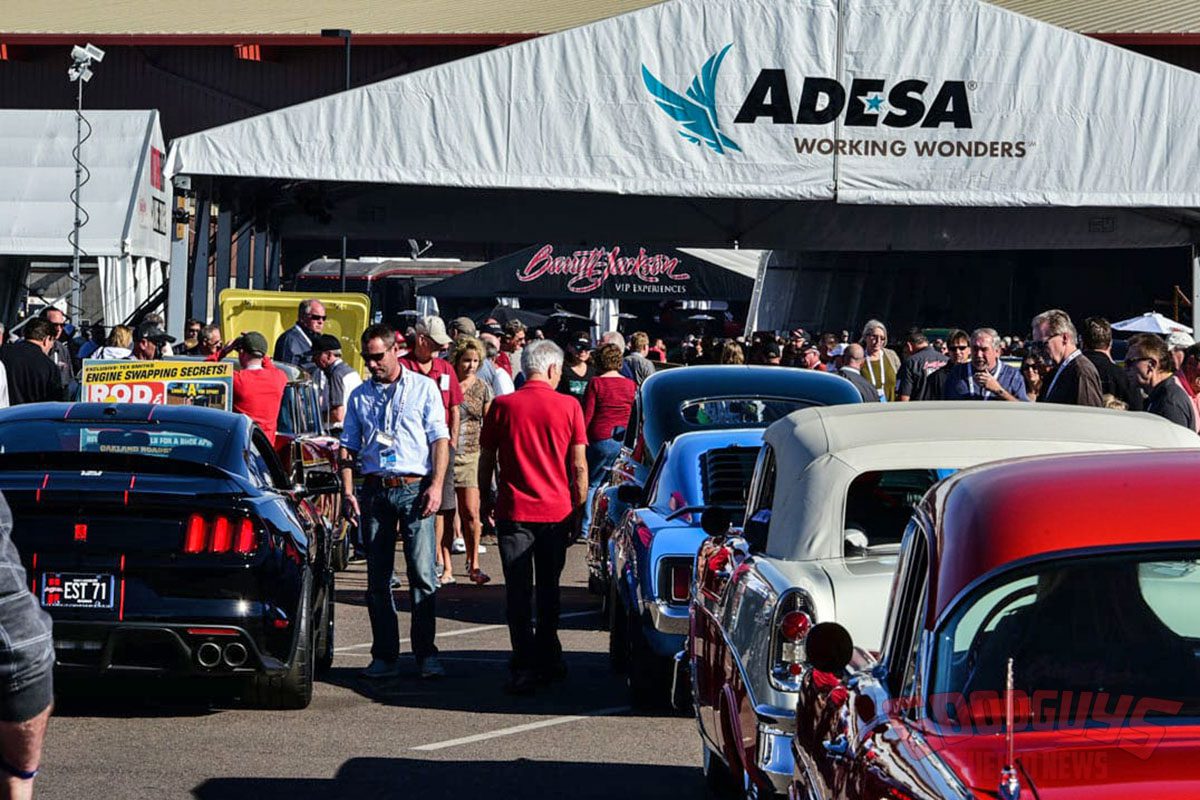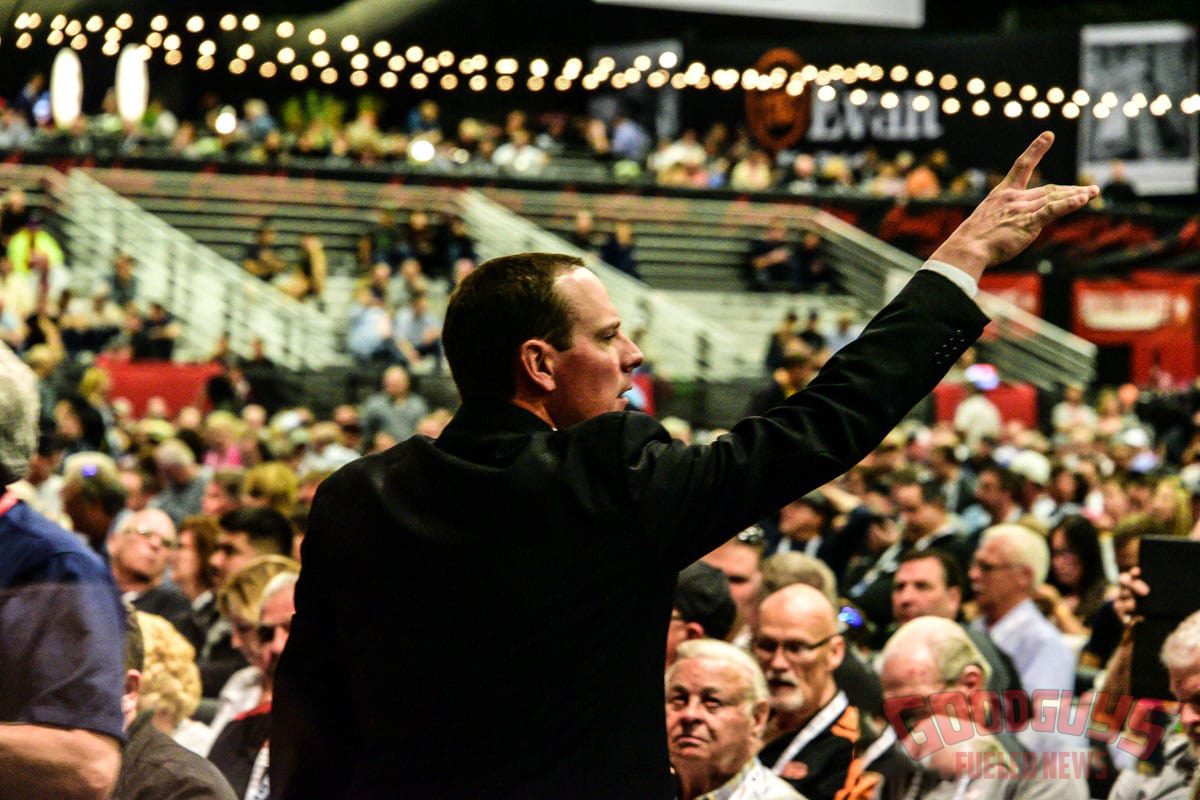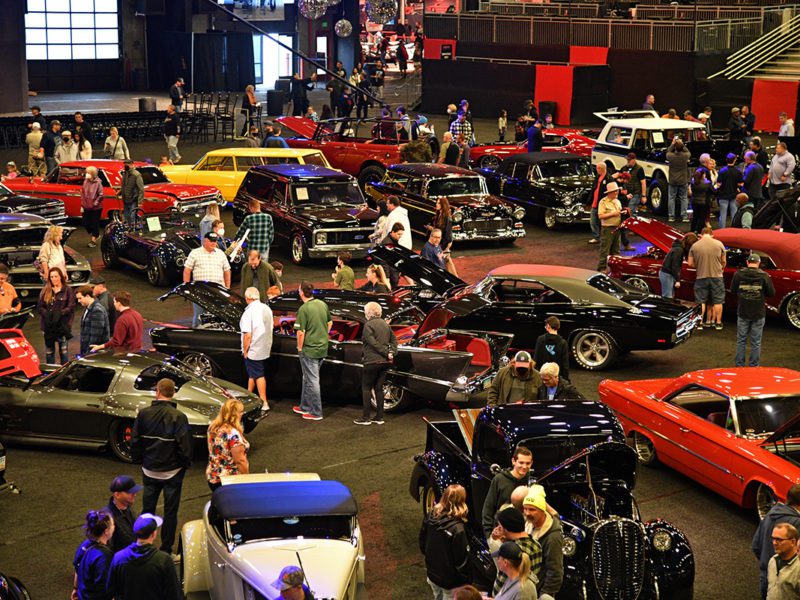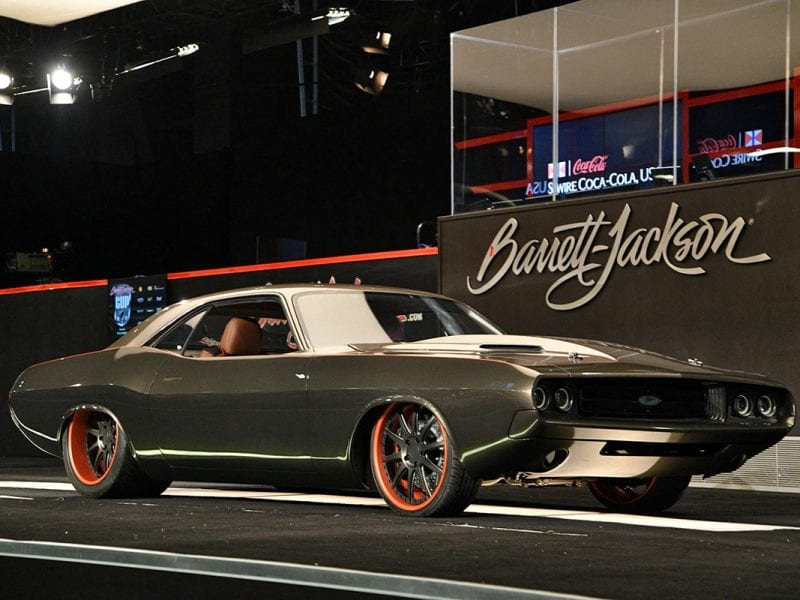The Path to the Block – One Truck’s Journey to Barrett-Jackson
When long-time Goodguys Rodder’s Rep Paul LeMoine watches the custom ’48 Chevy cab-over truck known as the Decoliner cross the block at the Scottsdale Barrett-Jackson auction later this month, he knows one thing for sure: The truck is sold. He just doesn’t know the price.
Because a Barrett-Jackson auction uses a no-reserve format, when an owner consigns his vehicle, it’s sold. He may think his numbers-matching ’60s muscle car is worth $100,000, but the bidders will decide if it sells for $50,000 or $150,000.
That’s why it’s important to do your homework to get the most out of your auction experience, whether at a no-reserve Barrett-Jackson auction or at one that allows you to set a reserve. To achieve a good result for your vehicle you need to do much more than sign a contract and hope for the best. A look at how the Decoliner made the journey from British Columbia to the upcoming 50th anniversary Barrett-Jackson auction illustrates many of the strategies to achieve the best results.
One of Paul’s friends spent 10 years building the one-off, 22-foot-long truck. It features an aluminum chassis, is powered by a 502c.i. RamJet Chevy V8, and features custom-fabricated touches from top to bottom. When the owner decided to part with the truck, he asked Paul for advice.
“I suggested that I get a couple of friends and we’d buy a portion of the truck, pay him in advance and take it to Barrett-Jackson,” Paul says. “He didn’t want to do that, but said why don’t you guys just buy the truck outright.”
That’s what happened in the spring of 2021. Paul and three friends bought the truck with the sole purpose of selling it at Barrett-Jackson Scottsdale. Paul then began working with Barrett-Jackson to secure a prime spot on the auction schedule for the unique truck, which is insured for $600,000 Canadian.
“We stressed that they’ve never seen anything like this truck,” Paul says.

In November, Paul took the Decoliner to the Goodguys Speedway Motors Southwest Nationals event in Scottsdale, where the truck was displayed in the Barrett-Jackson exhibit. The truck has been stored with Barrett-Jackson and will cross the auction block on Saturday afternoon, January 29 – one of the auction’s prime spots.

There is more than simply consigning your car, though, to get the most out of your auction experience. According to Paul and others who have used auctions to sell, here are a few things you need to know:
Research auction locations and dates. Some locations produce overall higher prices, others bring higher prices for certain types of vehicles. For example, restored muscle cars might do better in certain areas while restomod cars excel elsewhere.
Know your competition? One suggestion: Try to consign as late as possible, but before the deadline to be included in the promotional material. If you’re selling a numbers-matching 1970 Mustang Boss 302, for example, monitor auction lists online to see how many other Boss 302s are listed. If there are several, including a couple that match yours, you might want to select a different venue.
Reserve versus no reserve. This is a crucial decision for all sellers. As Paul LeMoine says, once you sign the paperwork at a no-reserve auction, your car is sold. You just don’t know the price. If you’re OK with that, you’re good to go. But, if you have a price that you won’t go below, consider an auction that features reserve prices. You’ll always have the option to pull the reserve if the bidding is close to your price.
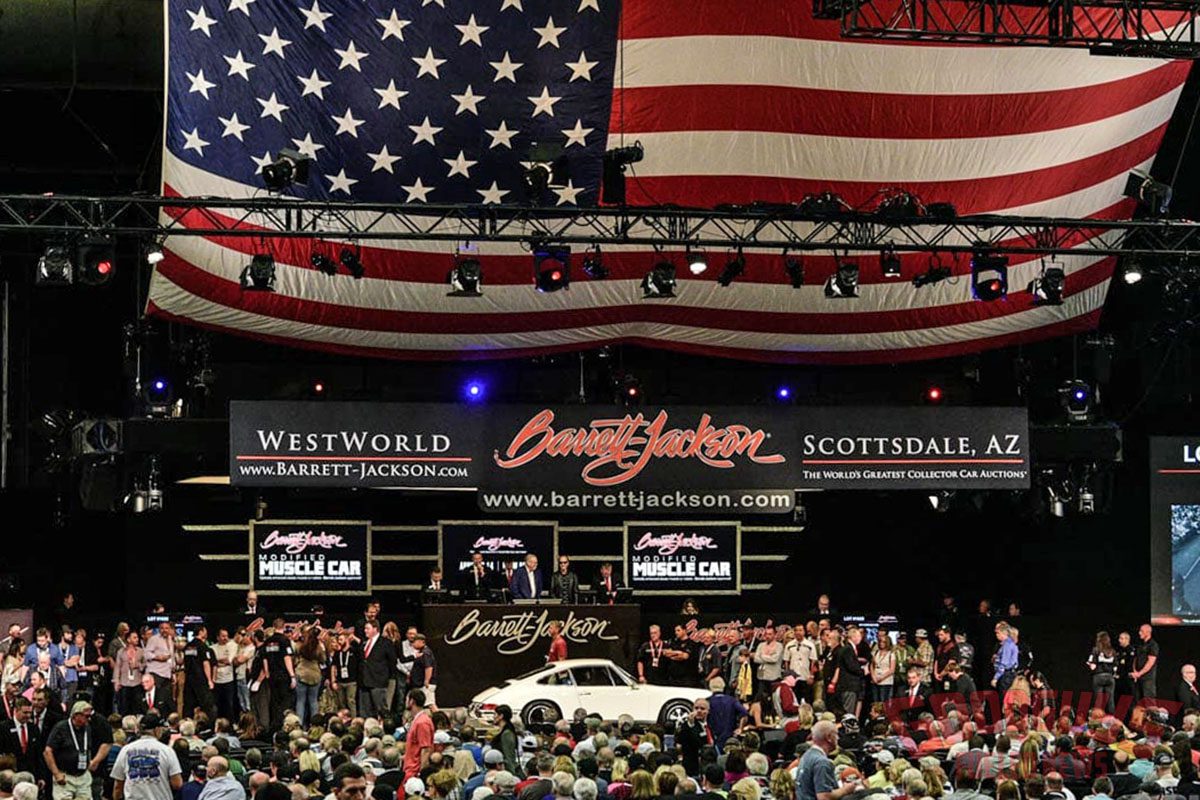
You need to work the auction. If at all possible, plan to be at the auction before your car crosses the block. Many auctions house cars outside the main hall before they are sold. That means they can get dusty and not look their best. You can always hire a detailing company to keep your car clean, but there are other reasons to do this yourself.
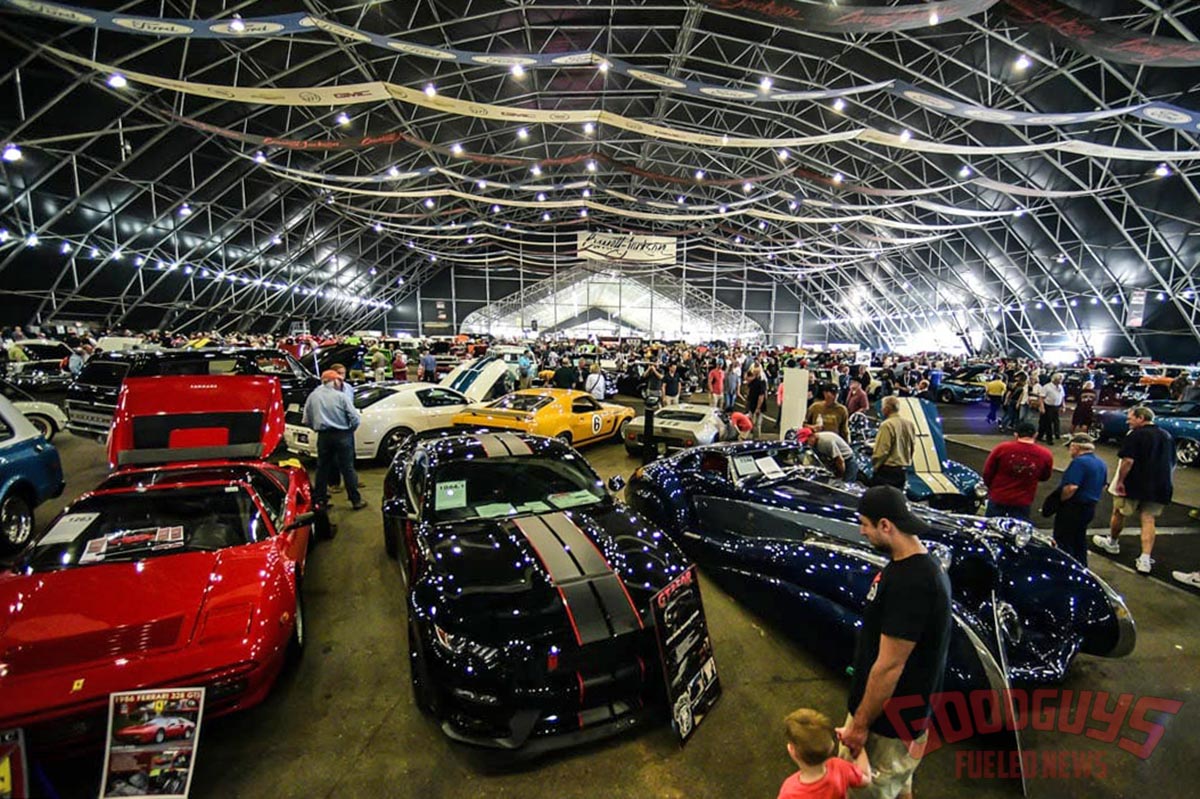
If you’re always around your car, you can answer questions from potential bidders. That may be just what’s needed to convince a bidder that your restored ’66 GTO is better than the others that will be up for sale.
“When the vehicle [the Decoliner] is in the tent on display, we’ll be sitting there,” Paul says of the upcoming Scottsdale auction. “The more you’re there to talk about your vehicle, the more activity you’re going to get.”
Don’t forget the marketing materials. If you have a car-show sign that you’ve used, bring it. Also consider printing a one-page color flier on the vehicle. They’re easy to design and printing a few hundred copies is affordable.
One other marketing tip: If you can, walk the block. Ed Potter, who lives in Indiana, accompanied his car across the auction block. “Walk along with it so you can shout details to the auctioneer as he goes. He will repeat things and entice bids.”

Protect your car. Your vehicle is in your name until it’s sold, so check with your insurer to know the policy’s limits when it’s consigned to an auctioneer. Paul says his experience was a bit different because he brought a vehicle from Canada, but he learned that he needed to insure the truck in the United States until it was sold.
Since the truck would be in the Barrett-Jackson facility between the Goodguys event and the January auction, he was able to get storage insurance through a Barrett-Jackson endorsed company. “If Barrett-Jackson is driving the car, it’s covered by their policy,” Paul says. “But if it’s in the tent or in the storage facility, it’s your responsibility.”
Manage the costs. Remember that there are multiple costs involved with auctions. Upfront consignment fees can vary, often depending on when your vehicle will cross the auction block. Generally, the closer to the big-bidder (and television coverage) days, the higher the costs can be. You’ll also pay a seller’s commission, if your vehicle sells. And, be sure to budget for your other expenses: getting the car to the auction, travel costs – food, gas, hotel, etc.
And, of course, the massive celebration when your car brings more than you expected!
Photos Courtesy Paul LeMoine & FuelCurve.com archives

